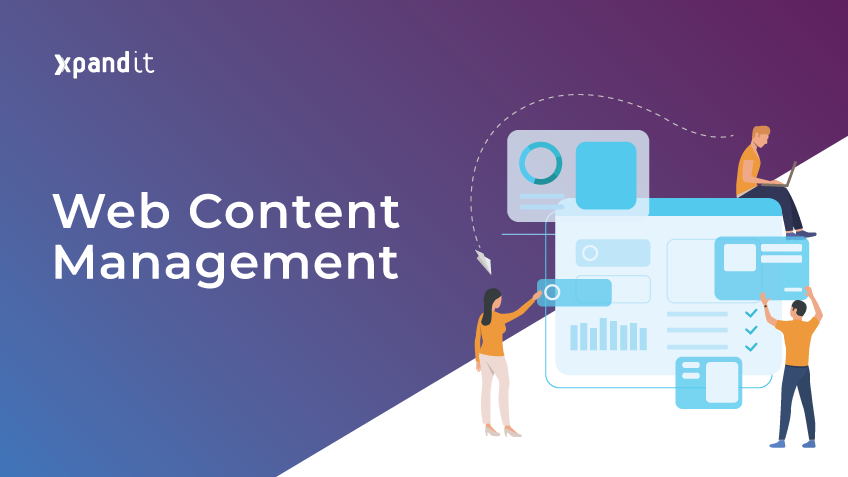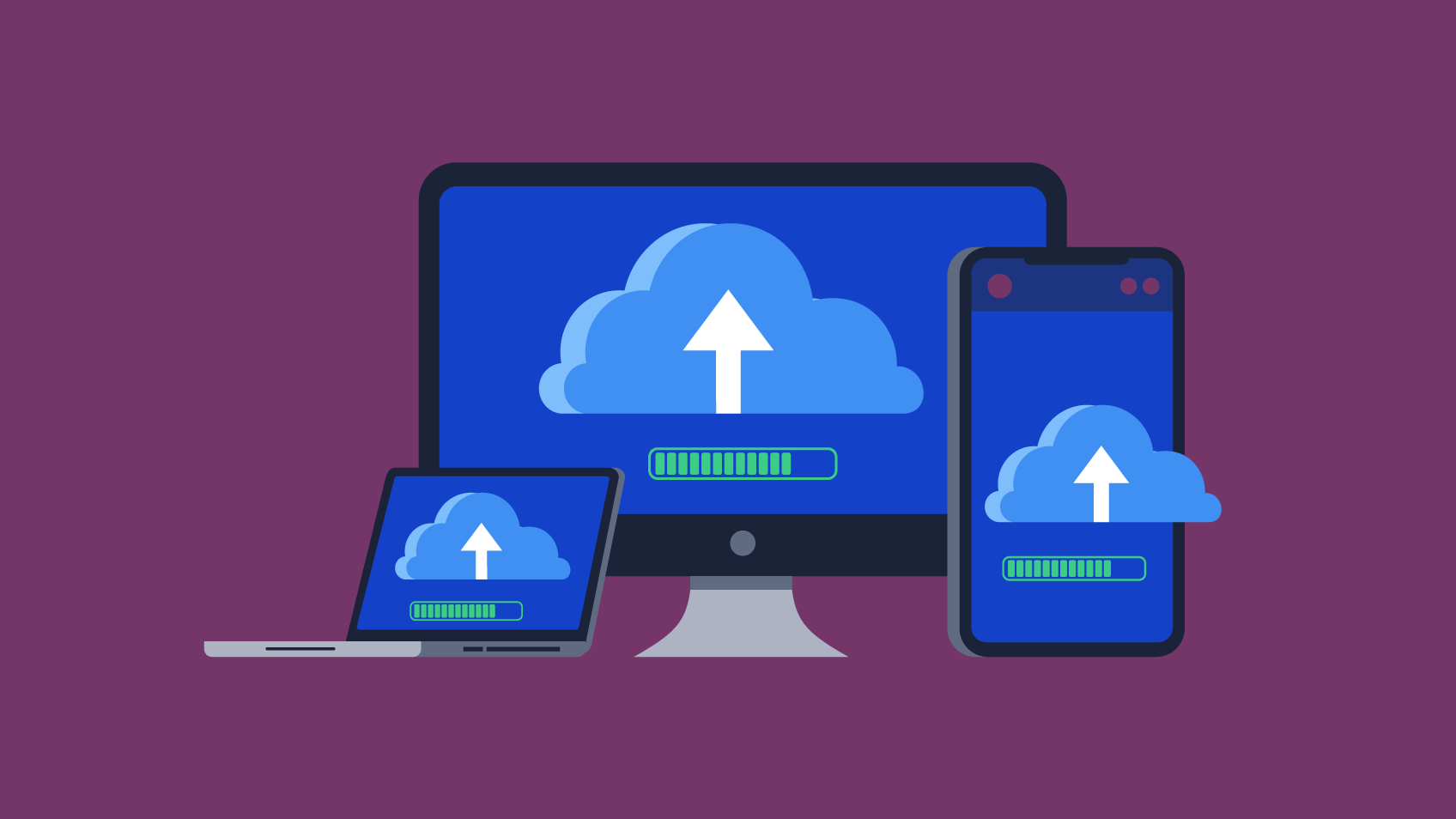What is it for, what the advantages are, and what technologies are currently trending
A web content management system (WCMS) is the term used to describe a CMS (content management system), which is a set of tools for managing digital information stored on a website that also allows the user to create and manage content without any knowledge of programming or markup languages such as XML. WCMS is a program that helps users to maintain, control, change and adjust the content on a webpage.
WCMS behaves similarly to a traditional content management system – managing the integrity, editing and information lifecycle – but is specifically designed for handling web content.
The typical functionality of a WCMS system might include the ability to create and store personalised content on the website, with editors being able to review and approve content before it is published and configure an automated publication process. There is an increasingly greater need for such platforms to provide both creative options and accessibility, not just for content, but covering the entire user experience – solutions that manage the uploaded content and facilitate the monitoring of the entire user journey – regardless of the channel being used.
Pros and cons
There are several elements to consider when using a WCMS.
On the one hand, WCMS platforms are usually inexpensive and intuitive to use, as they don’t require technical programming expertise in order to manage and create content. The WCMS workflow can also be personalised by creating several accounts to manage different profiles.
On the other hand, WCMS implementations can sometimes be extremely costly, demanding specific training or certification. Maintenance can also incur extra expense, for licensing upgrades or updates. Security can also be a concern, given that in the event of a safety threat, hackers might explore vulnerabilities which could potentially damage user perceptions of the brand.
Choosing the right WCMS solution
With a WCMS, the content is predominantly stored in a database and grouped using the help of a flexible language such as XML or .Net.
There are several options using open-source WCMS, such as WordPress, Drupal and Joomla for more generic functions. But there are also solutions that cater to specific needs, such as, for example, the Marketing 360 platform, Filestack and CleanPix.
And there are the commercial solutions currently on the market, such as Sitecore, a single platform that comprises several WCMS components, Content Personalization, Content Marketing, Digital Asset Management and E-Commerce. This is one of the major advantages of this platform, as instead of acquiring and integrating the different components that will consume content and information from an adjacent system, in Sitecore’s case, contact data and information and interactions performed through the different channels are already available in the platform, ready to be used and processed by different functions and for different purposes: creating campaigns, sending emails, creating marketing workflows and customisation rules, among others.
WCMS solutions provide different functionalities, with several levels of depth and specific purposes. Before selecting the platform, consider the following functionalities:
- Configuration: ability to activate and deactivate functionality using specific parameters.
- Access management: managing users, permissions and groups.
- Extension: the capacity to install and configure new functionalities and/or connectors.
- The ability to install models with new functionalities
- Customisation: ability to change specifications to customise some features, through toolkits or interfaces.
- WYSIWYG: capacity to provide a “What you see is what you get” mechanism, allowing content managers to know, while making alterations, what the users will see after launching a new version of the content. A good example of this is provided on Sitecore’s “Experience Editor”
- Integration: ability to integrate the WCM solution with other previously installed solutions, or with external solutions in order to gather information from both ends; for example, integration with Microsoft CRM Dynamics 365 or Microsoft SharePoint.
- Flows: capacity to incorporate a flow configuration mechanism for content approval and alteration, from different content creators with different profiles, plus content publishing.
- User experience: editing is less complex, with built-in templates that add a predetermined functionality to the page, with no additional training needed.
- Technical assistance and updates: consider the degree of technical support you will receive, as well as the level of accessibility for making system updates.
The advantages of WCMS
A major advantage of WCMS is the fact that the software solution gives you consistent control over the look and feel of the website – brand, wire frames, navigation – simultaneously granting the functionality to create, edit and publish content – articles, photo galleries, video, etc. WCMS can be the best solution for companies looking for a rich content repository, focused on brand consistency.
Other advantages:
- Automated templates;
- Controlled access to the page;
- Scalability;
- Tools that allow simple editing, via WYSIWYG solutions;
- Regular software updates;
- Workflow management;
- Collaboration tools that provides users with permission to modify the content;
- Document management;
- Ability to publish content in several languages;
- Ability to retrieve older editions;
- Ability to analyse content across devices (desktop, mobile, tablet, watch).
- Omnichannel content availability.
Our vision
Content management is a relevant topic, although not recent. However, a topic that gained a lot of traction during recent years is the capacity to use customised content, offering a relevant experience to all users. In order to achieve this goal, Xpand IT decided to go into partnership with Sitecore, because we believe it to be the best platform for addressing customisation challenges, benefiting from the aforementioned advantages and also exploiting the fact that Sitecore allows Headless implementations (separating the entire content from the presentation layer), as well as integration with mobile platforms (producing true omnichannel solutions). We are certain that this technology has a lot to offer and we are excitedly looking forward to implementing new functionalities, which will be available soon and launched with the intent of fulfilling our vision – offering relevant and personalised content for everyone, at any time, in any place.















